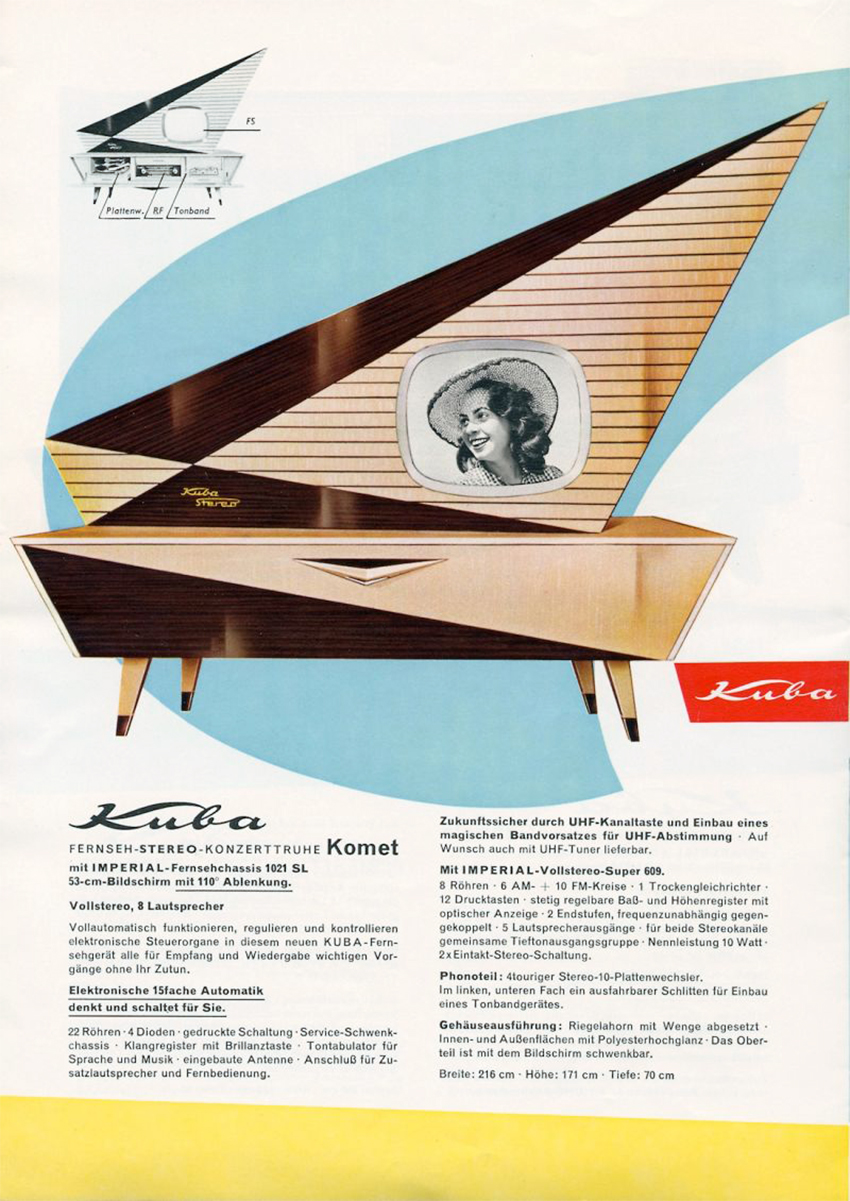THE PATTERN THAT SETS THE STANDARD FOR TELEVISIONS.
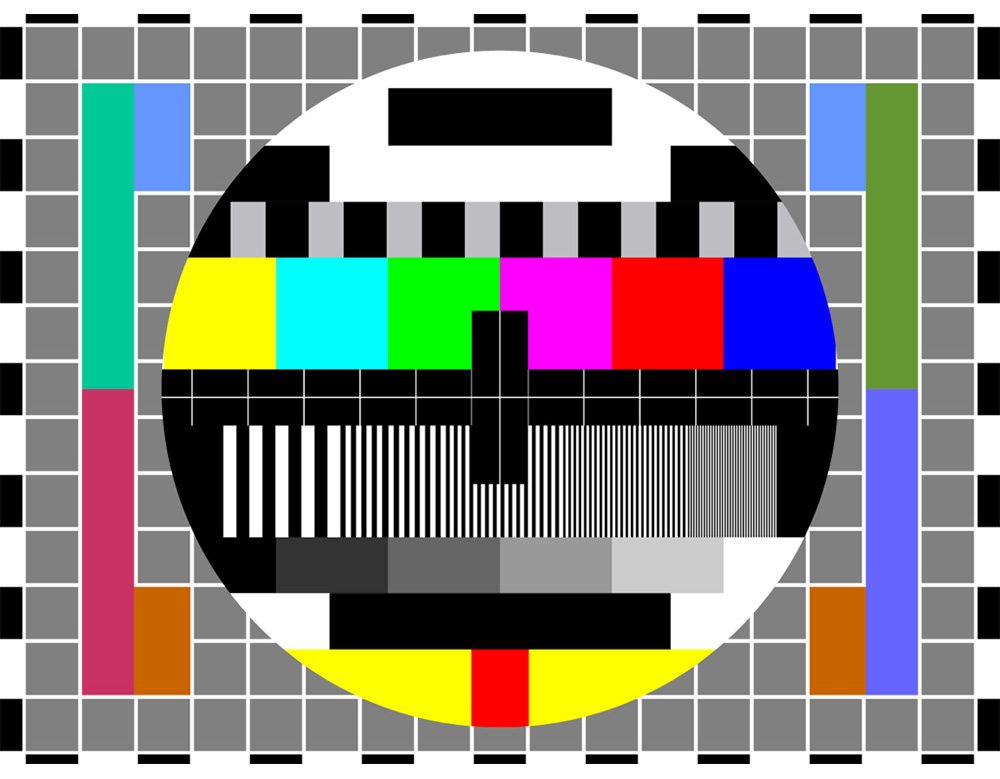
In the earlier days of television, when the cathode ray tube (CRT) was king, broadcasters would put up a test pattern when there was no programming (which was quite often). It was a reference point to help engineers and technicians tune in cameras and tvs, adjust aerials etc. It was called a test card because it really was a card that a camera was pointing at. Later it became know as a test pattern. The geometry of the earlier versions is there to help adjust CRTs. Not needed with modern plasma and LCD sets. The patterns are still around today in digital form for equipment adjustment, but there is no downtime on television channels, so we don’t see them on our sets. I’ve always liked them as simple, functional pieces of information design.
Below, a 1939 Indian-head pattern. Used up to 1970.
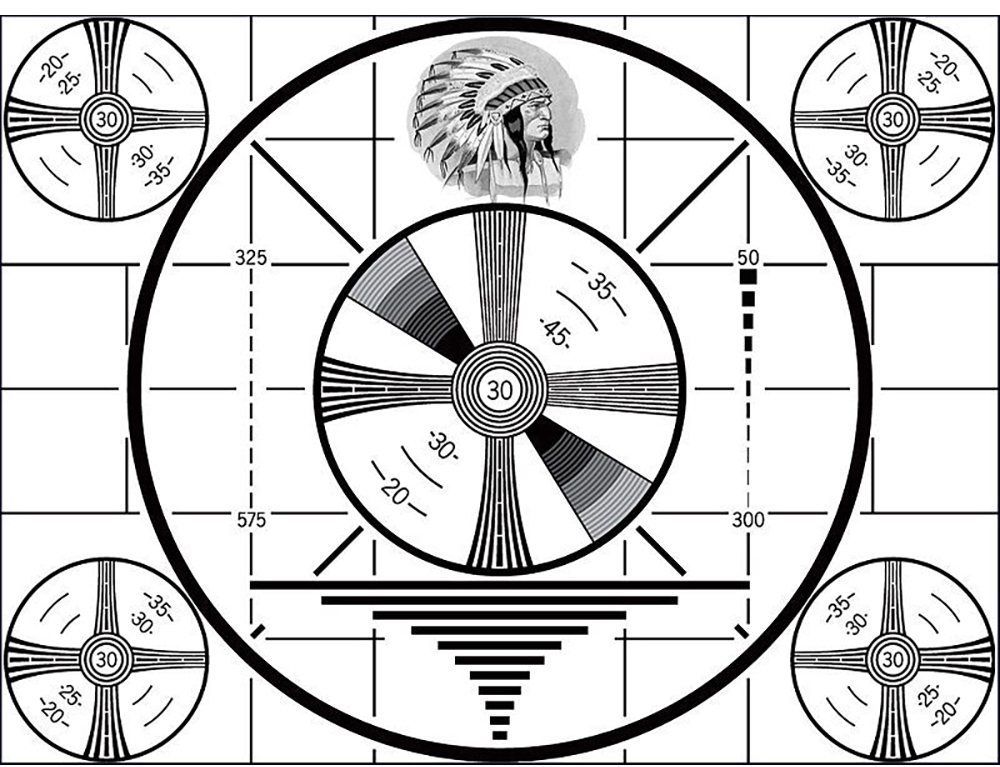
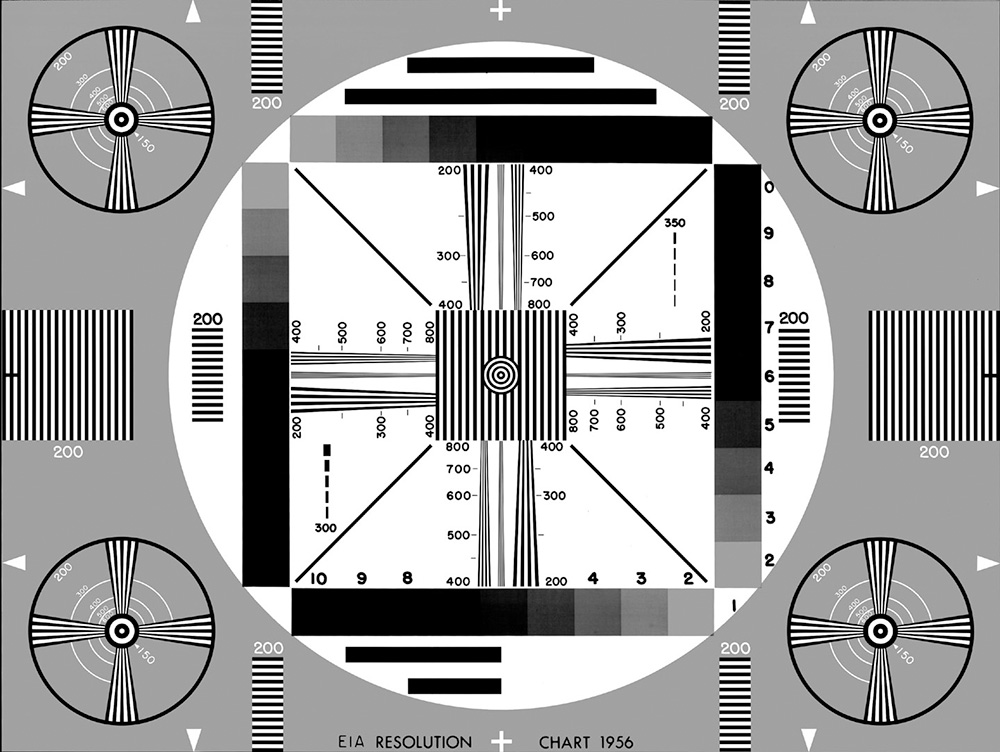
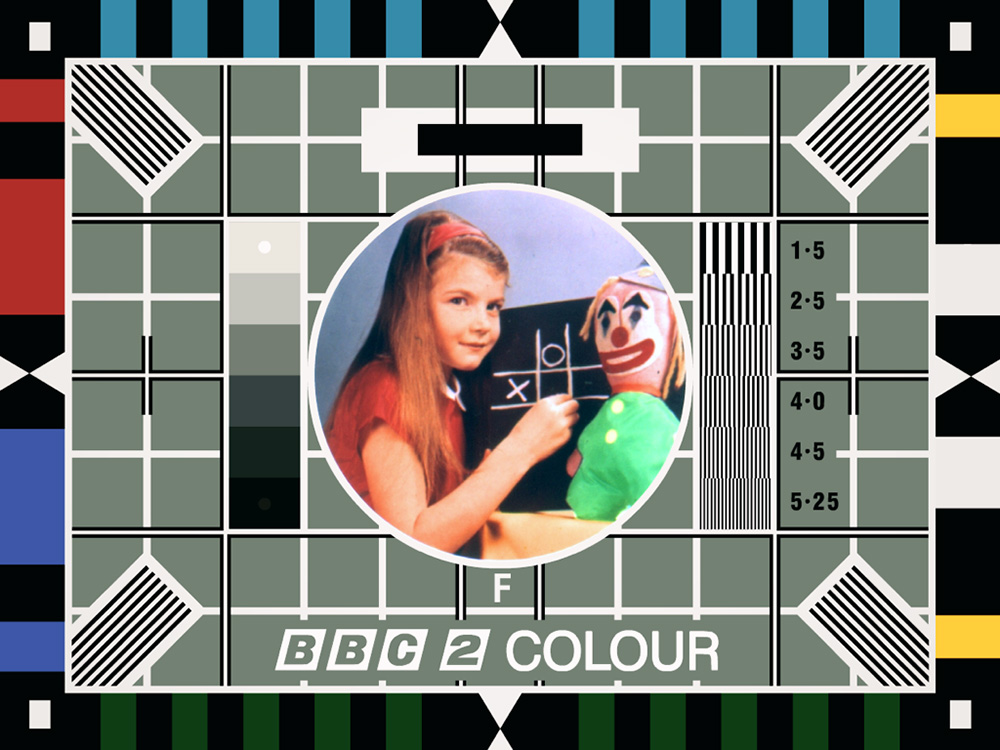
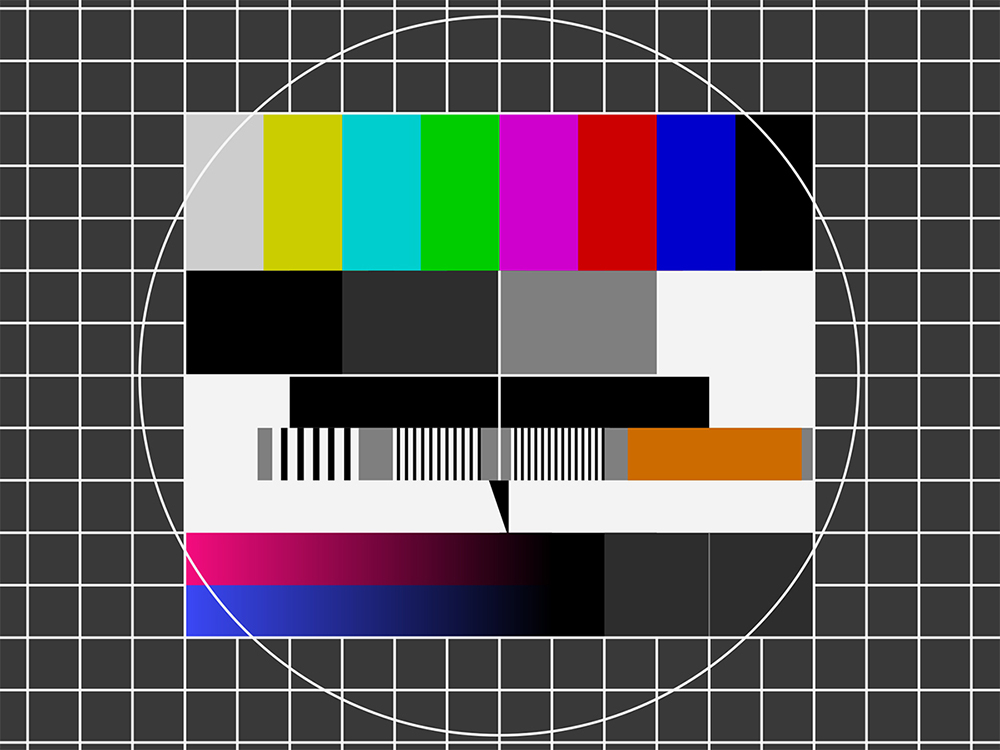
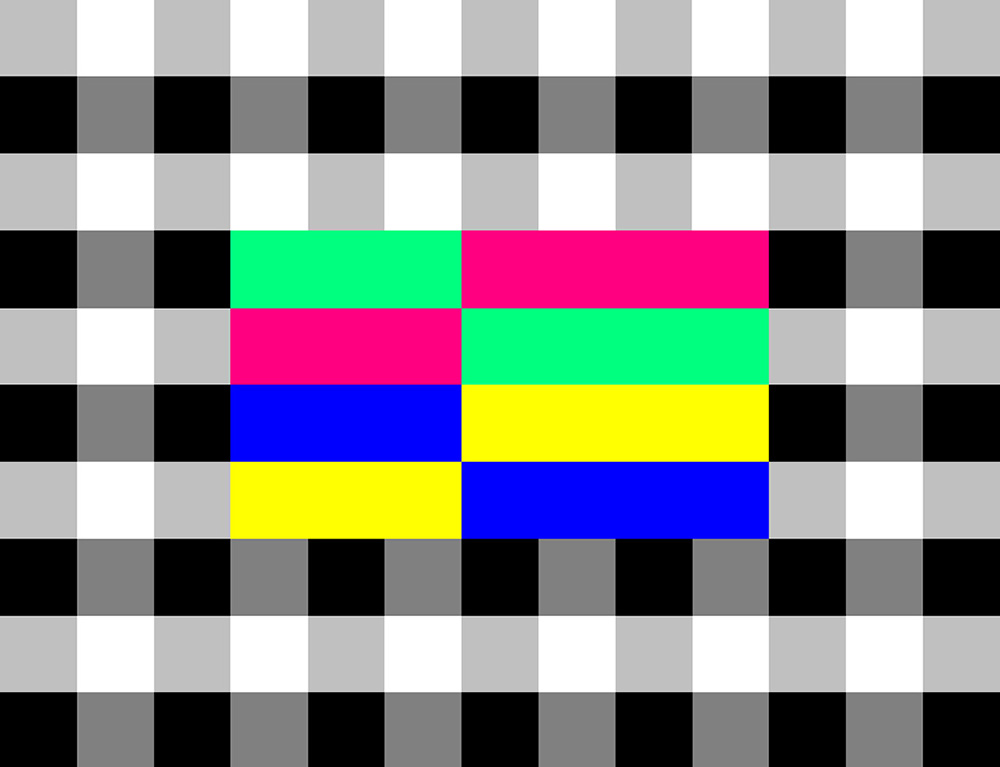
They were (and are) accompanied by music, or a sine wave tone, for checking sound reception.
The SMPTE bars are the most common test screen today in the North American region (NTSC standard). Used frequently in video production and transmission, this is a known standard, meaning that people across the T.V. industry have a benchmark to match their image against. The pattern comes with a potentially mind-numbing continuous tone. Experience the joy of it here: goo.gl/JxK1gp
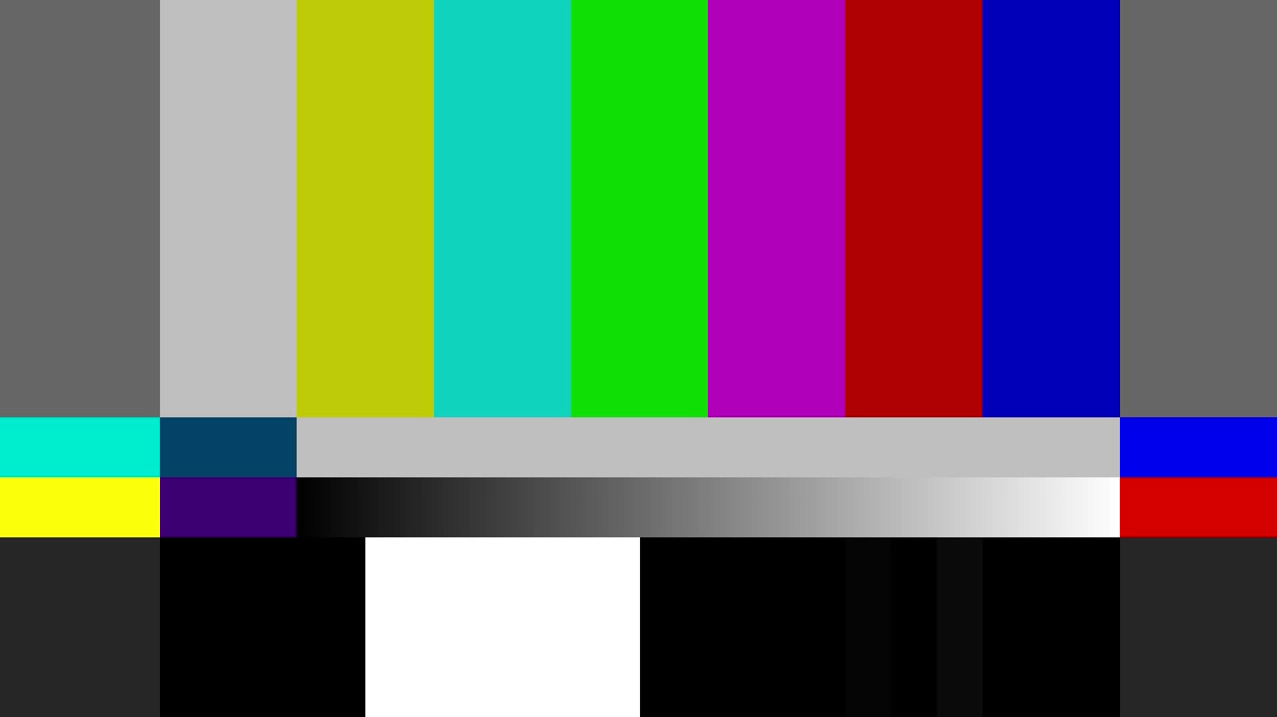
And to finish, here’s a dynamic-looking T.V. from the 1950s, just because it’s…unusual by today’s standards. Not a thin black rectangle.
